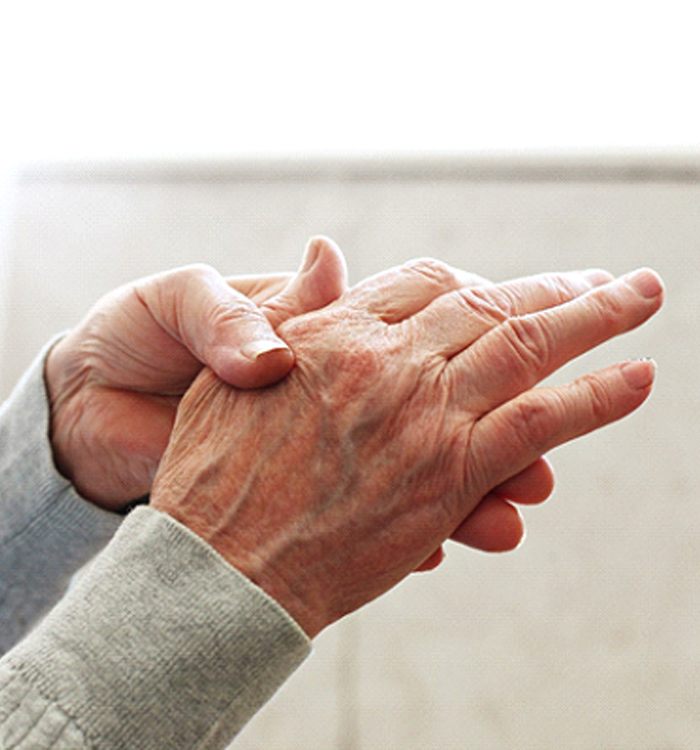
Osteoarthritis Symptoms—Asheville, NC
How to Spot Osteoarthritis
Experiencing a few aches and pains is perfectly normal after a hard workday or rigorous exercise, but if one of your joints is always sore, and the issue only seems to be getting worse, then you may be dealing with a bigger problem. Osteoarthritis is a degenerative condition, meaning it’s extremely important to recognize it early and get treatment as soon as possible to preserve both your health and function. Dr. James Pinkston of Asheville Non-Surgical Orthopedics recommends you schedule an appointment for an exam if any of the following OA symptoms sounds familiar.
Common Osteoarthritis Symptoms

Any joint can develop OA, but most people tend to feel it in their knees, hips, hands, or spine. The symptoms listed below tend to start very subtly and increase over time:
Pain
OA pain usually manifests as a persistent ache that can be felt whether the joint is moving or at rest.
Stiffness
A person may find it more difficult to move a particular joint, or their range of motion might be noticeably reduced. This may be most prominent after a long period of inactivity (such as sleep).
Tenderness
Even slight pressure on the joint may be uncomfortable or even painful.
Popping & Clicking
Moving the joint consistently results in popping and clicking sounds as well as a grating sensation.
Bone Spurs
OA can cause small portions of bone to shear off within a joint, leading to very small, hard lumps appearing in the area.
Swelling
Inflammation may cause a joint to be noticeably larger or deformed.
When You Should See a Doctor

It’s best to be cautious and see a doctor right away if you have even the slightest indication that you might be suffering from OA. Coming to see Dr. Pinkston quickly will allow him to evaluate the distressed joint, determine what is causing the problem, and prescribe appropriate treatment. If the joint is just strained or slightly injured, he can help you recover quickly while managing any pain. Or, if you are diagnosed with OA, he can use regenerative treatments like PRP, prolotherapy/Prolozone, or biologic cell therapy to improve the health of the joint, provide pain relief, and slow down the loss of cartilage. As a result, you will feel much better, have more mobility, and likely be able to avoid invasive surgery.
If you’re worried that you might be dealing with OA, let Dr. Pinkston provide the answers you need and ensure you have many more healthy years ahead of you. To schedule a consultation and exam, click here.